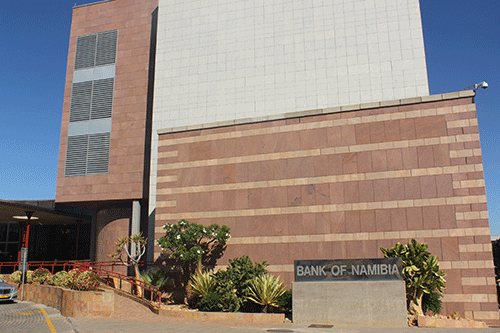Popular Democratic Movement (PDM) parliamentarian Nico Smit is concerned that the fast rising repo rate goes against very basic economic fundamentals. Speaking during a media briefing on Friday, Smit cautioned that a sudden increase in the repo rate would result in a liquidity risk to the broader economy.
Bank of Namibia last week increased the repo rate by 50 basis points from 4.25% to 4.75%, which means consumers now have to reduce their spending even further as they are already troubled by escalating fuel and food prices, amongst others. The repo rate is the level at which commercial banks borrow money from the central bank, and in turn, determines interest rates for consumers.
Announcing last week’s increase, the central bank noted the decision considered the elevated global and domestic inflationary pressures, the fragile economic recovery and the need to safeguard the one-to-one link between the Namibian dollar and the South African rand, while meeting the country’s financial obligations.
Meanwhile, Smit is of the view that: “This increase comes as yet another shock to an economy that is already suffering from more than two years of suppressed growth, and consumers that are battling to meet their monthly expenditures, if they are lucky enough to have an income at all.”
Overall, he refuted the reasons that the repo rate increase emanated from inflationary pressure the country is experiencing. Instead, he argued that inflationary acceleration stems from exogenous factors and is not a result of excessive growth in domestic liquidity.
According to the PDM parliamentarian, domestic business confidence is still extremely low and according to the party’s estimates, will need at least two growth years before any normal level of credit extension is attained.
“We are not arguing that short-term interest rates must be static and unresponsive to economic conditions but we are stating categorically that four 0.25% rate increases in 2022 and another four in 2023 are the responsible routes to follow. Any tightening of the cycle at a faster pace becomes another liquidity risk to the broader economy and must be avoided.”
He advised that what both the general economy and private households need, is support from government to soften the severity of current shocks in food and fuel prices, and not the other way round.
In economic terms, a hike in the repo rate increases the cost of borrowing in the economy for domestic consumers and businesses. This in turn reduces purchasing power and investment capacity, thereby, in theory, the move should help reduce inflation. “However, the repo rate increase pours more misery on Namibian consumers, most of whom rely heavily on debt to survive,” Smit pointed out.
Furthermore, the latest repo rate increase has economists concerned about a possible credit crunch, which is a decline in lending activity by financial institutions. A credit crunch often occurs in recessions, making it nearly impossible for companies to borrow because lenders fear bankruptcies or defaults.


